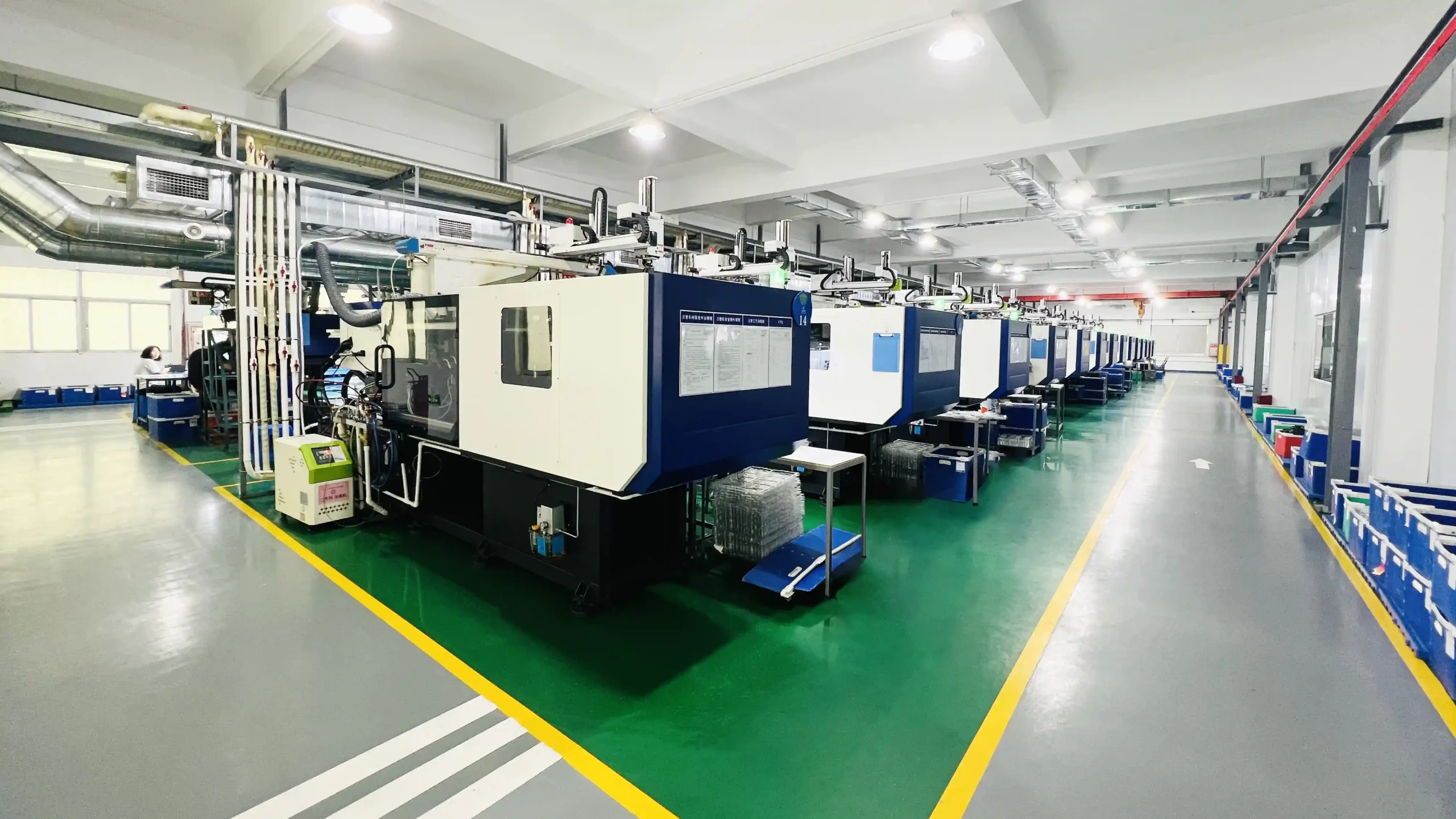Why Sustainable Materials Are Non-Negotiable in 2025
Table of Contents
Toggle76% of European consumers abandon brands with poor eco-credentials. As a phone case manufacturer or brand, choosing the right materials impacts:
- Compliance: Avoid penalties from EU plastic taxes and US state bans.
- Profitability: Eco-products sell at 15-30% premiums.
- Supply chain security: Future-proof against raw material shortages.
5 Materials to Elevate Your Phone Case Business
1. Flaxstic: The Luxury Choice
Blend: 30% flax fibers + biodegradable polymers.
Why brands love it:
- Natural texture appeals to minimalist aesthetics.
- Shock absorption reduces product return rates.
Actionable tip: Pair with recyclable packaging to boost ESG scores.
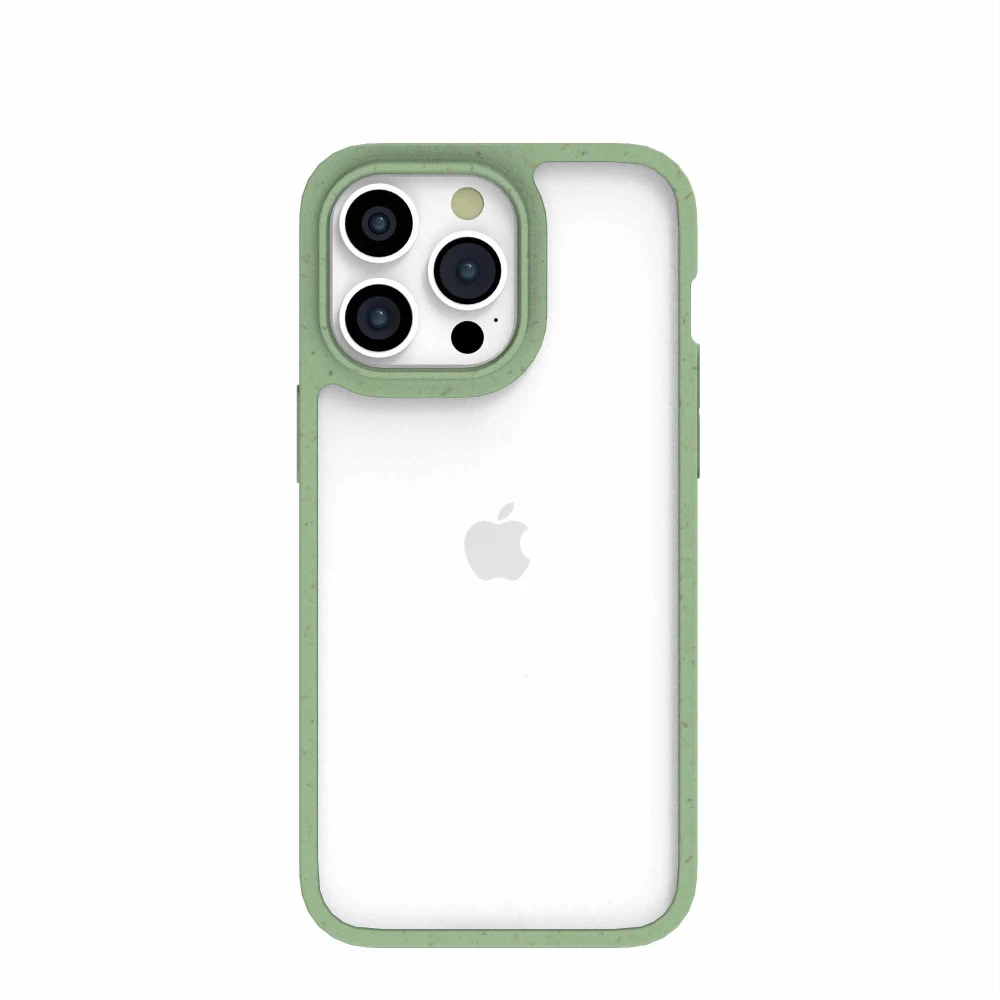
Flaxstic eco-friendly phone case
2. PLA+PBAT: Biodegrade in 6 Months
Science: PLA (corn starch) + PBAT (compostable polyester).
Solve these problems:
- Landfill waste: Passes ASTM D6400 soil degradation tests.
- Transparency needs: Ideal for clear cases with eco messaging.
Key stat: 180-day decomposition vs. 450 years for traditional plastics.

PLA +PBAT eco-friendly phone case
3. Wheat Straw Fiber: Cost-Effective & Durable
Source: Agricultural waste (60% lower carbon footprint).
Breakthrough tech: Waterproof coatings allow 24-hour submersion — critical for outdoor brands.
Bonus: FDA food-safe certification enables kid-friendly marketing.
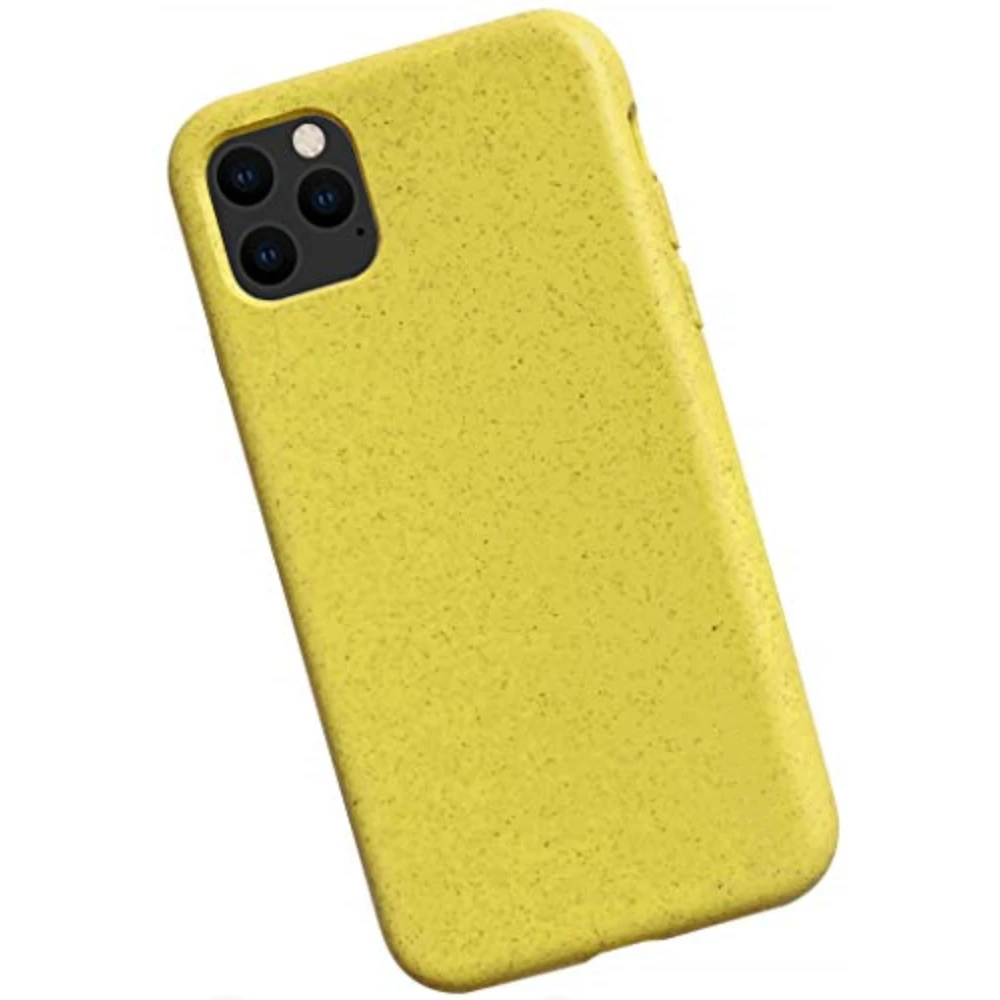
wheat straw eco-friendly phone case
4. Recycled Soft TPU: Ocean Plastic to Premium Cases
Process: 100% recycled fishing nets/industrial waste.
Why it sells:
- Shore 75A flexibility protects $1,200+ smartphones.
- “Plastic Neutral” claims attract Gen Z shoppers.
Pro tip: Start with 500 MOQ batches to test market response
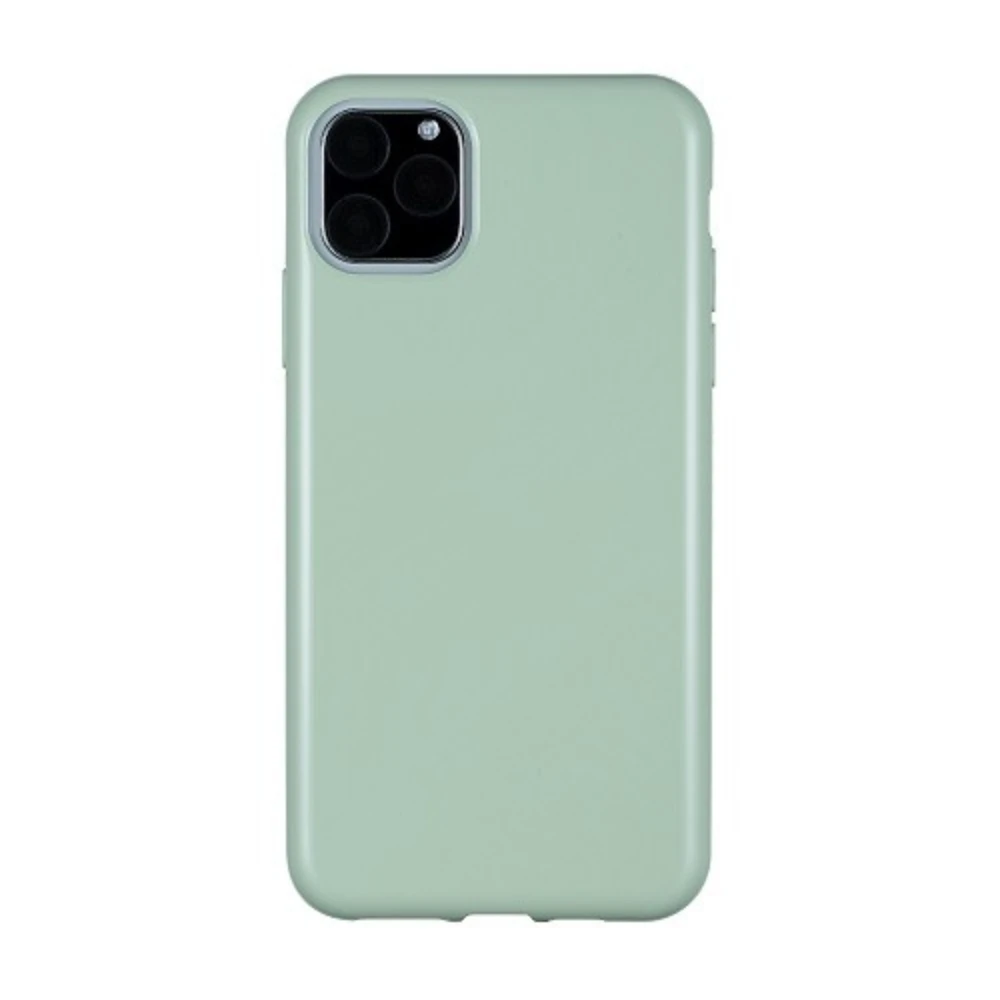
Recycled Soft TPU phone case
5. Corn Starch Blends: The Oil-Free Alternative
Formula: 70% corn starch + plant-based polymers.
Business benefits:
- Avoid petrochemical price swings (save 8-12% in volatile markets).
- Custom colors: Achieve Pantone matches without toxic dyes.
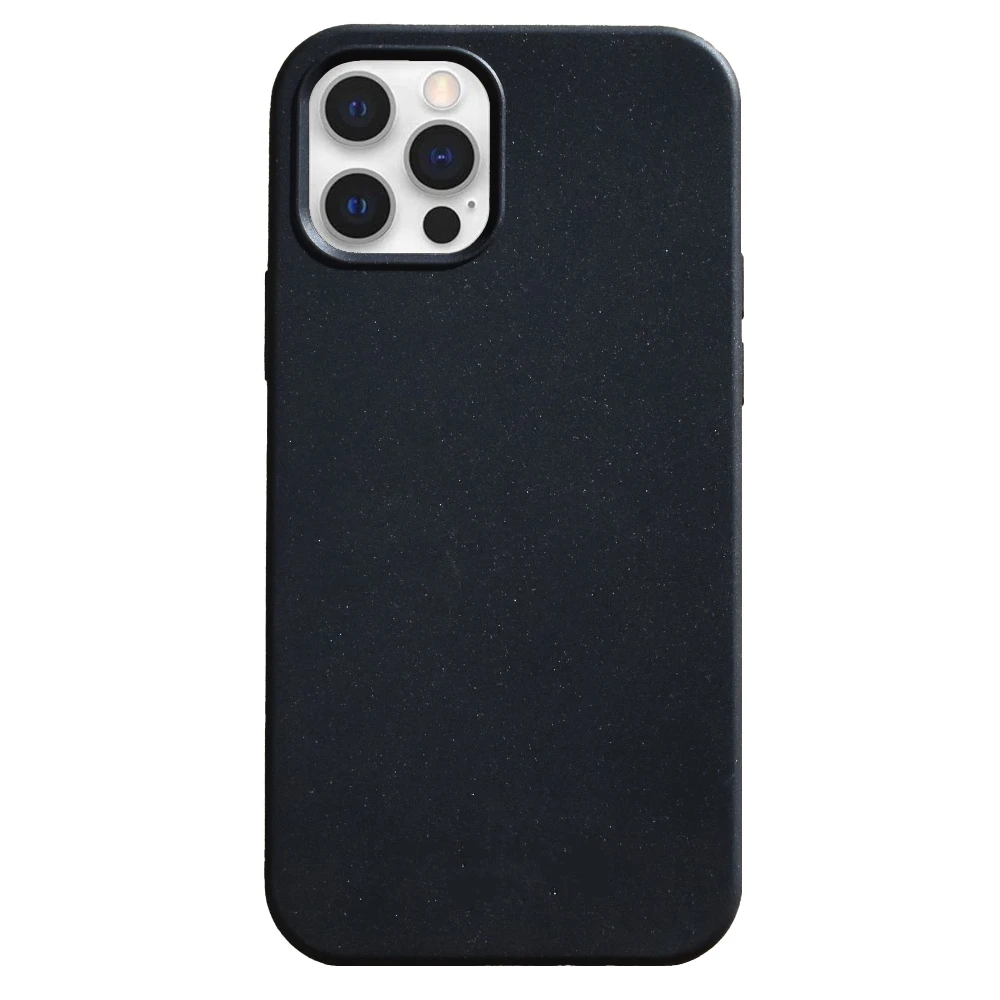
Corn Starch eco-friendly phone case
Sustainable Material Showdown: Which One Aligns with Your Brand Values?
Choosing the right eco-friendly material for your phone case line can be overwhelming. This comparison table cuts through the noise – analyze key metrics like biodegradability, cost impact, and scalability to match your brand’s priorities.
| Material | Degradation Cycle | Cost Increase vs. Traditional | MOQ | Best For Brands That… |
|---|---|---|---|---|
| Flaxstic | Non-degradable | +15% | 500 | Prioritize natural aesthetics & shock absorption |
| PLA+PBAT Blend | 6 months | +25% | 500 | Need certified biodegradable solutions for strict markets |
| Corn Starch-Based | Non-degradable | +10% | 500 | Seek affordable plant-based alternatives with FDA compliance |
| Wheat Straw Fiber | 1 year | +5% | 500 | Target budget-conscious eco shoppers with waterproof durability |
| Recycled Soft TPU | Non-degradable | +8% | 500 | Demand flexible, ocean-plastic recycled designs |
Use this table to shortlist materials:
- Budget-first? Wheat Straw or Recycled TPU offer <10% cost hikes.
- Compliance-driven? PLA+PBAT passes EU/US biodegradability standards.
- Luxury positioning? Flaxstic’s artisanal texture justifies premium pricing.
Pro Tip: Partner with a eco-friendly phone case factory equipped with multi-material capabilities (e.g., 130-450T injection machines for thick bio-plastics).
3 Steps to Implement Eco Materials (Without Delays)
- Audit suppliers: Demand GRS 4.0 or ISO 14001 certifications for material traceability.
- Prototype fast: Use factories with 7-day sample services to validate designs.
- Scale smart: Partner with phone case factories offering JIT production to avoid overstock
Ready to Lead the Eco-Revolution?
YG’s proven solution for brands:
- 500 MOQ on all eco-materials
- Free compliance guides: REACH, FDA, GRS 4.0 pre-audits.
- One-stop tech support: Waterproof coatings, 3D textures, NFC integration.



